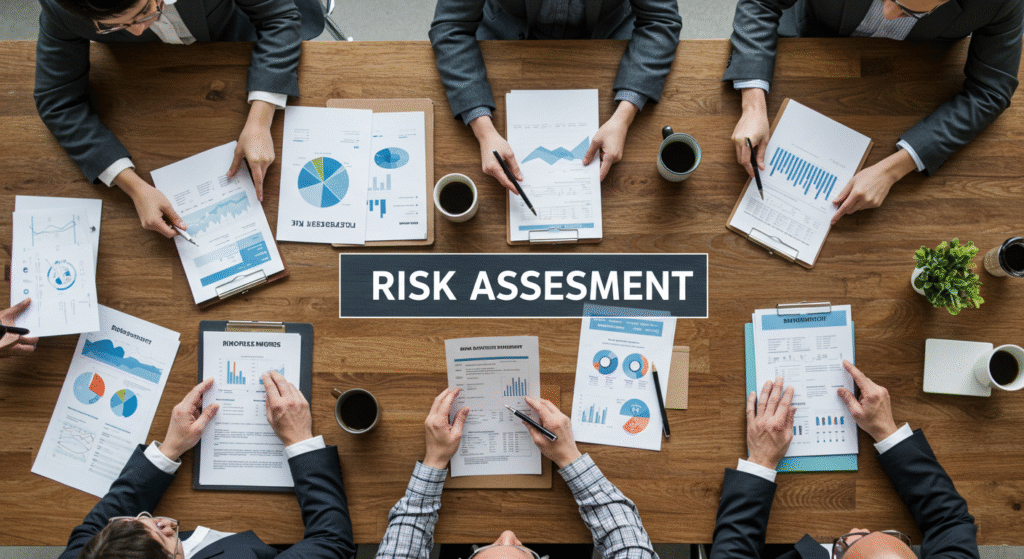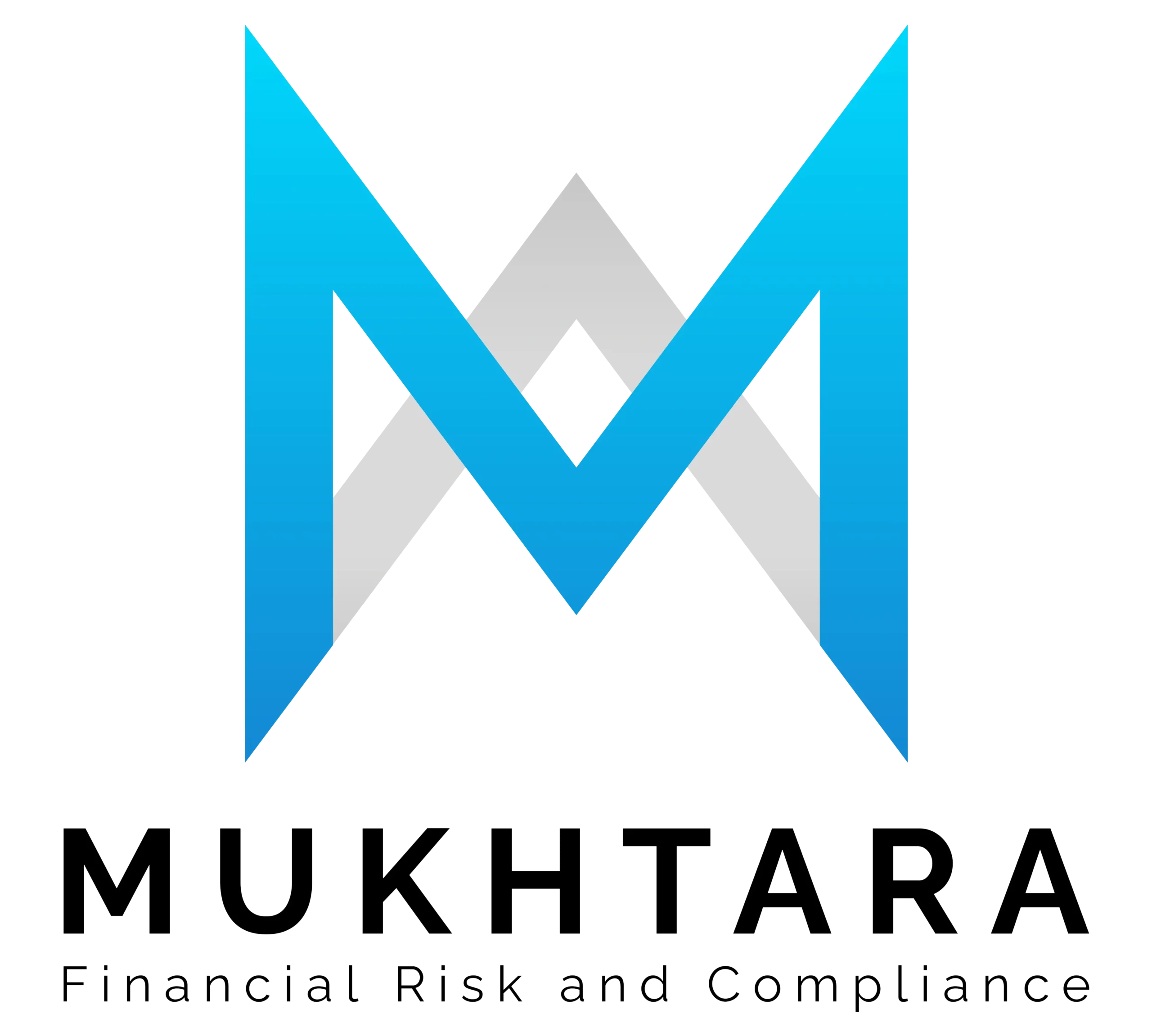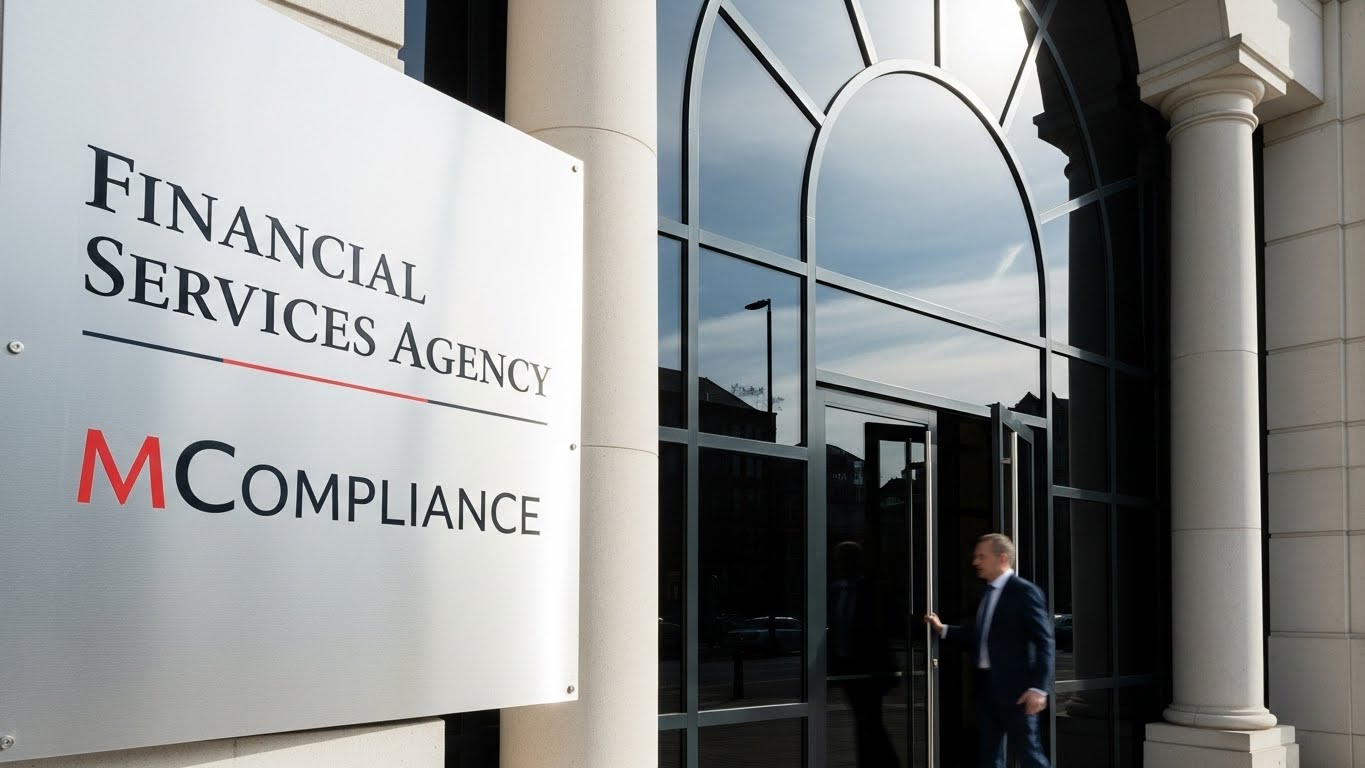The financial services industry is under constant pressure from regulators, customers, and stakeholders to ensure transparency and security. One of the most effective ways to meet these expectations is through Know Your Customer (KYC) and Anti-Money Laundering (AML) compliance. These two pillars help businesses protect themselves from fraud, financial crime, and reputational damage. A critical part of this process involves following clear risk assessment steps, which allow organizations to identify potential threats, evaluate customer risk profiles, and implement stronger safeguards against illegal activities.
But understanding compliance isn’t enough. To truly protect your organization, you need to apply structured risk assessment steps that identify vulnerabilities and strengthen your defenses. This blog takes you on a journey — from learning the key principles of KYC and AML, to applying practical steps for AML compliance, and finally to discovering how professional AML & KYC compliance programs can safeguard your business.
Understanding KYC & AML: Key Principles Every Business Must Follow

KYC and AML requirements exist to make financial systems safer and more transparent. KYC is the process of verifying the identity of your customers, while AML involves building systems and controls to detect and prevent money laundering, terrorist financing, and other illicit financial activities.
In the UAE and broader MENA region, regulators like the Central Bank of the UAE set clear expectations around KYC and AML. These frameworks are designed to keep the financial system stable, protect consumers, and align with global standards such as the Financial Action Task Force (FATF) guidelines.
Why KYC & AML Compliance Matters

The Risks of Non-Compliance
Non-compliance carries significant consequences. Businesses can face:
- Heavy fines: In 2021 alone, global AML fines totaled more than USD 2 billion (PwC, 2022).
- Reputational harm: Customers lose trust when they perceive weak compliance.
- Operational disruptions: Non-compliant firms risk license suspension or restrictions.
The Benefits of Compliance

On the positive side, strong KYC and AML frameworks:
- Build customer confidence by demonstrating a commitment to safety.
- Increase investor trust, particularly for fintechs and startups.
- Enhance operational resilience by proactively reducing risks.
Risks of Non-Compliance vs. Benefits of Strong Compliance:
| Risks of Non-Compliance | Benefits of Compliance |
| Heavy financial penalties and fines from regulators | Builds customer trust and confidence |
| Reputational harm leading to loss of clients and partners | Enhances investor trust and funding opportunities |
| Operational risks such as account freezes or license suspensions | Strengthens operational resilience and long-term growth |
| Increased scrutiny from regulators | Creates a competitive advantage in the market |
In short, compliance is not just a regulatory requirement — it is a competitive advantage.
Risk Assessment Steps in AML Compliance: How to Build Strong Defenses

Moving from awareness to action requires a structured approach. A risk assessment is the foundation of effective AML compliance. It helps organizations understand where they are most exposed and where to focus resources. Below are the essential risk assessment steps businesses should follow.
Step 1 – Identify and Categorize Customer Risk Profiles
Every customer represents a different level of risk. High-risk categories include politically exposed persons (PEPs), clients from high-risk jurisdictions, or those with complex corporate structures. By categorizing customers into low, medium, or high-risk groups, businesses can apply the right level of due diligence.
Step 2 – Monitor Transactions and Spot Red Flags
Suspicious transaction monitoring is critical. Warning signs may include:
- Large or unexplained cash deposits.
- Transfers inconsistent with a customer’s stated profile.
- Frequent international transfers to high-risk countries.
Automated monitoring systems, supported by trained compliance teams, allow organizations to catch these red flags before they escalate.
Step 3 – Implement Strong Internal Controls
Effective controls are the backbone of compliance. These include:
- Documented policies for KYC and AML.
- Employee training to ensure awareness of red flags.
- Escalation processes for reporting suspicious activity.
In many cases, compliance failures occur not because of deliberate wrongdoing but due to weak or unclear procedures. Training and awareness close this gap.
Step 4 – Regular Reviews and Independent Audits
Financial crime evolves, and so should compliance programs. Regular reviews and external audits ensure that policies remain effective. Independent assessments not only highlight gaps but also demonstrate to regulators that your organization takes compliance seriously.
According to the UAE Ministry of Economy (2022), routine risk assessments and independent audits are among the top expectations for designated non-financial businesses and professions (DNFBPs), underlining their importance in the regulatory landscape.
Building an Integrated AML & KYC Compliance Program
Once risk assessment steps are in place, businesses must move toward building a fully integrated compliance program. This is where awareness and consideration turn into actionable systems that safeguard operations.
Core Components of an Effective Compliance Program
- Regulatory alignment: Ensuring compliance with UAE Central Bank regulations, FATF standards, and other international requirements.
- Ongoing monitoring: Transaction screening, suspicious activity reporting, and continuous updates to customer risk profiles.
- Staff training and awareness: Empowering employees to spot unusual behavior and act appropriately.
Leveraging Technology and RegTech
Technology makes compliance smarter and faster. RegTech solutions can automate data collection, enhance monitoring, and generate regulatory reports more efficiently. For example, AI-driven monitoring tools detect unusual activity patterns that might escape human review.
Integrating RegTech does not replace human expertise but enhances it, allowing compliance teams to focus on strategic decisions rather than repetitive tasks.
AML & KYC Compliance Programs That Safeguard Your Business
At this stage of the customer journey, businesses understand both the importance of compliance and the practical steps involved. The next step is to partner with experts who can implement and manage these programs effectively.
Mukhtara Compliance provides tailored AML and KYC compliance programs designed to safeguard businesses in the UAE and beyond. Our services include:
- End-to-end compliance frameworks that cover licensing, onboarding, monitoring, and reporting.
- Independent compliance reviews to identify and close gaps.
- Specialized training programs to build a culture of compliance across your organization.
- Advisory on ESG and sustainability compliance, supporting businesses looking to integrate broader governance standards.
By combining regulatory expertise with local market knowledge, we help organizations not only meet today’s requirements but also prepare for tomorrow’s changes.
Conclusion and Call to Action
KYC and AML are no longer optional checkboxes — they are central to building trust, resilience, and long-term success. By following structured risk assessment steps, businesses can identify vulnerabilities, strengthen defenses, and protect against financial crime. But true protection comes from a well-designed compliance program that evolves with regulations and threats.
Ensure your business stays compliant, trusted, and future-ready.
Contact Mukhtara Compliance today to build a tailored AML & KYC compliance program that safeguards your business in the UAE and beyond.
Frequently Asked Questions (FAQ)
1. What is the difference between KYC and AML?
KYC (Know Your Customer) is the process of verifying a customer’s identity before doing business with them. AML (Anti-Money Laundering) goes further, requiring systems and processes to detect, prevent, and report suspicious financial activity. Together, they form the foundation of financial compliance.
2. Why are AML and KYC important for businesses in the UAE?
In the UAE, regulators like the Central Bank and the Ministry of Economy have strict rules to protect against financial crime. Strong AML and KYC frameworks protect businesses from fines, license restrictions, reputational damage, and financial crime risks while building customer trust.
3. What are risk assessment steps in AML compliance?
Risk assessment steps include:
- Identifying and categorizing customer risks.
- Monitoring transactions and spotting red flags.
- Implementing strong internal controls.
- Conducting regular reviews and independent audits.
These steps help businesses proactively reduce exposure to financial crime.
4. How often should a business conduct AML risk assessments?
Regulators expect businesses to carry out regular risk assessments—at least annually or more frequently if the risk profile changes (for example, onboarding new high-risk clients or expanding to new jurisdictions).
5. Do small businesses need AML and KYC programs?
Yes. Even small businesses, especially those in Designated Non-Financial Businesses and Professions (DNFBPs) such as law firms, real estate agents, or accounting firms, are legally required to have AML and KYC measures in place in the UAE.
You can explore further information on Regulatory Compliance here:
– Why Understanding What Is Compliance in AML/KYC Is Vital
– What is KYC and Why It Matters for Businesses in the UAE
– Guide to UAE Financial Crime Regulations
– How Can Regulatory Compliance Benefit from RegTech and Compliance Automation?
– What is Regulatory Compliance? A Beginner’s Guide for Businesses




